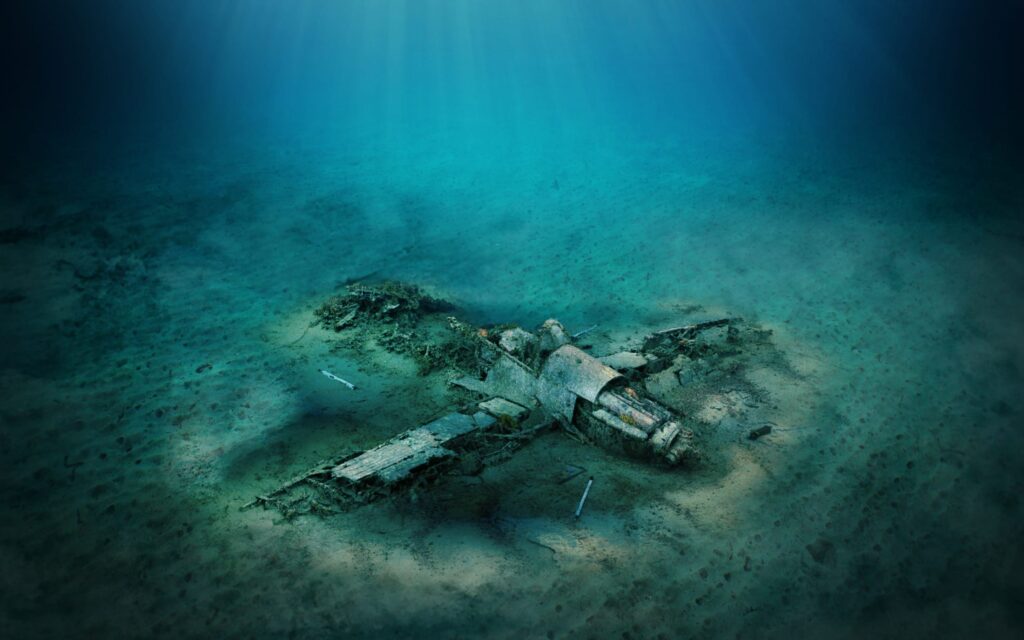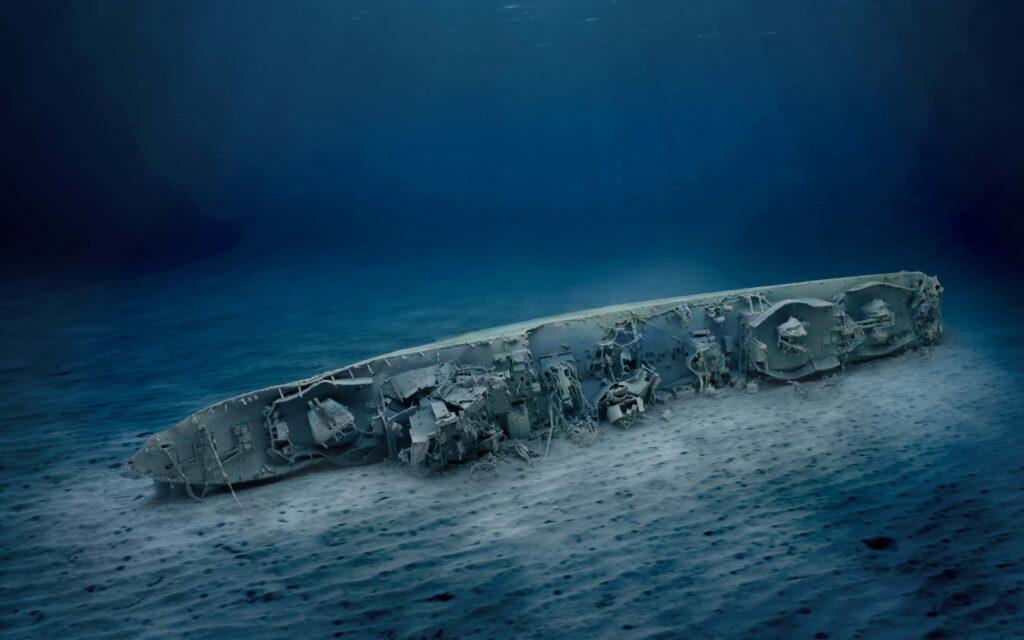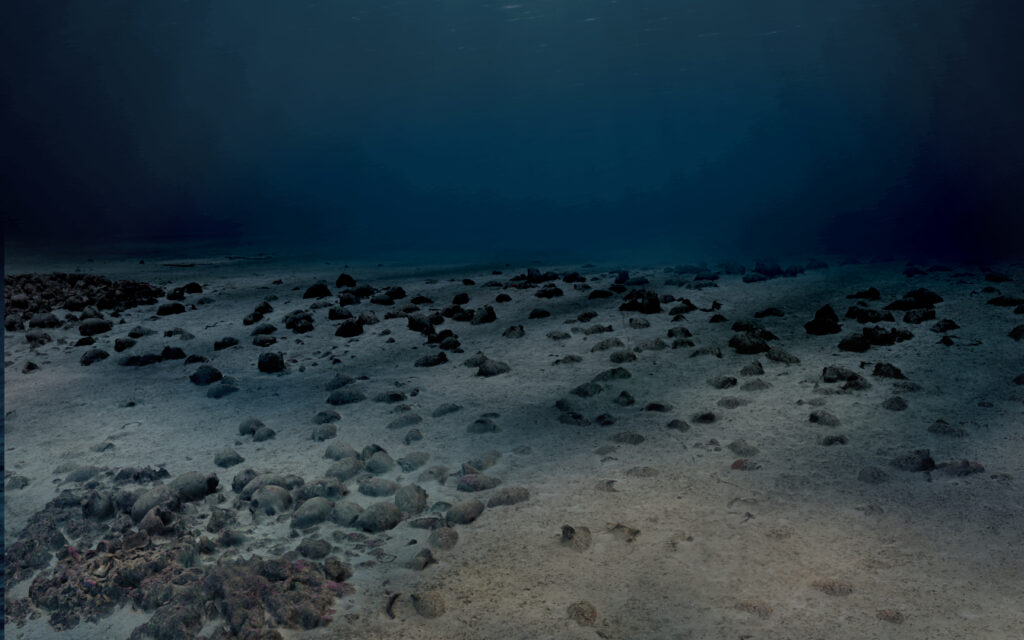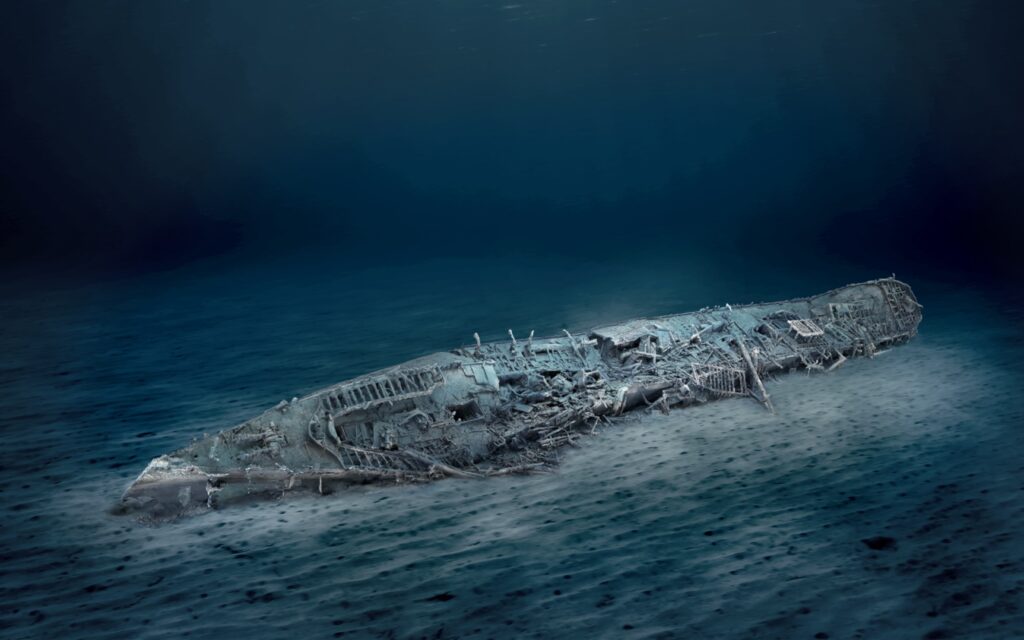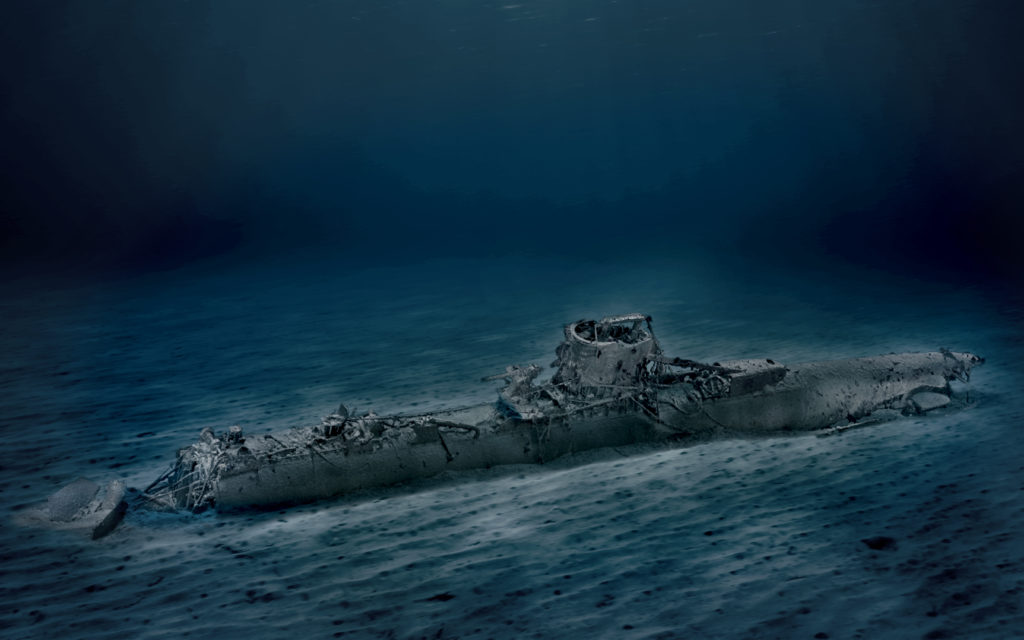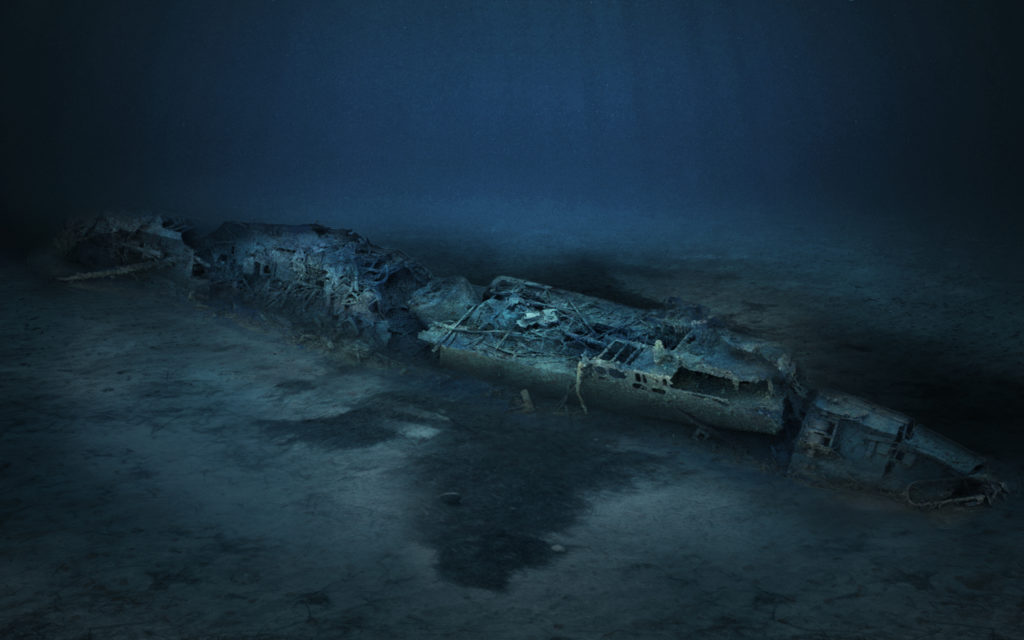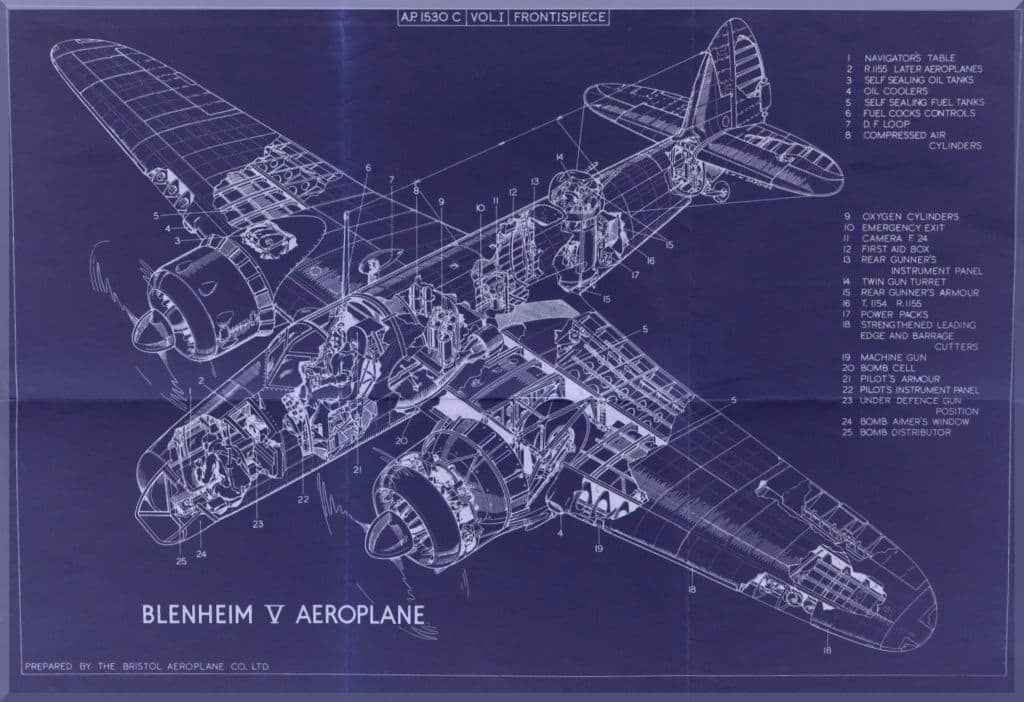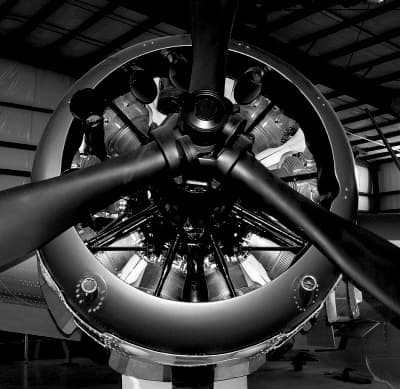Blenheim Bomber
Blenheim Bomber
The Bristol Blenheim is a British light bomber aircraft, designed and built by the Bristol Aeroplane company. The bomber was initially designed as a commercial aircraft, first flying in April 1935. Impressed by its performance, faster than the newest Royal Air Force (RAF) biplane fighters at the time, a modified design was ordered by the RAF, to be used as a bomber.
First deliveries of the Blenheim Mark I were made to the RAF in March 1937 and by January 1938 the first Blenheim’s went to overseas squadrons. The Blenheim Mark IV was introduced as an upgraded model in 1939, forming the bulk of the just over 6,200 Blenheim aircraft produced. The Mark IV was outfitted with two Bristol Mercury XV engines, a stepped nose section, armour plating, additional external bomb load capacity, and included the additional of a twin dorsal gun turret and remotely controlled guns fitted under the nose section. The aircraft had a 3-member crew; a polit, a navigator-bomb aimer and a wireless operator-air gunner.
At the outbreak of the Second World War in September 1939, Blenheim bombers were stationed in two home-based squadrons and eleven overseas squadrons. When it came to the Mediterranean theatre of war in late 1940, Blenheims formed part of three RAF squadrons, mainly targeting Axis shipping across the Mediterranean. However, by early 1941 additional squadrons were required, several of which arrived in Malta and remained stationed there well into 1942.
The wreck of a Bristol Blenheim bomber located in the south of Malta off Xrobb L-Għaġin, has been identified as forming part of the No. 18 Squadron. In December 1941, five Blenheim’s from the No. 18 Squadron left Malta for Agosti Harbour, Greece. Only two aircraft succeeded in reaching the target area and jettisoned their bomb load. On the return to Malta, one of the Blenheim’s was chased by an Italian aircraft, causing damage to its port engine. The Italian aircraft broke contact and the Blenheim was left with smoke pouring from the destroyed engine and flying at little more than 30 metres above sea level. Attempts at lessening the weight were made by jettisoning the bomb load and heavy equipment, with the crew’s parachutes also being sacrificed. The badly damaged Blenheim made it to Malta, only to be prevented from landing at Luqa when another bomber was being taxied out. The decision was made to ditch the plane at sea, and when the crew spotted a Maltese Dgħajsa, they decided to ditch nearby. The Blenheim struck the sea tail first, considered a perfect ditching, and remained intact and floating, giving the crew time to safely escape. The crew was picked up by the Dgħajsa and taken to the Kalafrana seaplane base. An effort to tow the aircraft was made, however, the Blenheim sunk soon after.
The Wreck.
Today, the wreck of this Blenheim Mark IV lies at a depth of 42 metres a few hundred metres outside Xrobb l-Għaġin. The tail end is partially buried in sand with what is left of the main fuselage. Today, the wreck is a popular dive destination for scuba divers.
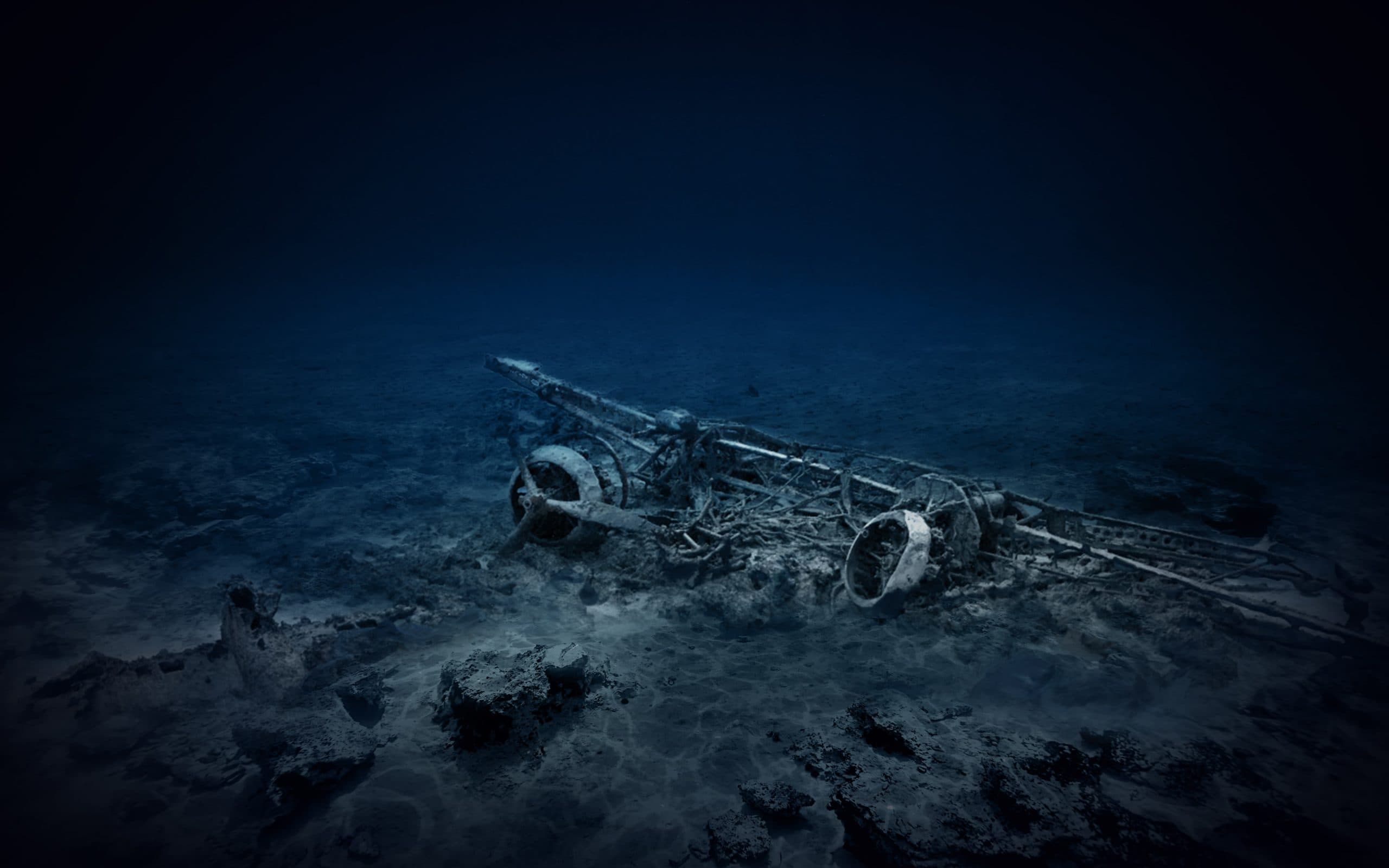
The Engine
The Bristol Blenheim was powered by two Bristol Mercury nine-cylinder, air-cooled, single-row, piston engines. The engine was designed by Roy Fedden in 1925, and developed out of the earlier Bristol Jupiter engine. Approximately 21,000 engines were produced, and saw widespread use in both civilian and military aircraft throughout the 1930s and 1940s. The smaller size of the Bristol Mercury was aimed at fighter-use, and from 1935 onwards the smaller diameter of the Bristol Mercury variant Mark VIII, ensured it became the popular choice for fighter and high-speed bomber aircraft. The Bristol Blenheim is amongst the engine’s more famous users. The Blenheim was equipped with two Mercury engines, each driving a three-bladed propeller and each capable of reaching speeds of 852hp at a rated altitude of 13,000ft. A pair of 140-gallon tanks fuelled the engines and were housed within the centre fuselage
Site Formation Process
The wreck was first discovered in 1965 by Al Gatt, a local spear fisherman. Gatt informed the RAF Sub-Aqua Club about the discovery, with divers descending to the site in 1968. The condition of the site was reported to be very good, including the intact cockpit. In the late 1980s the wreck site was still being described as well preserved. However, today the site is considered to be victim to many salvage attempts, with the cockpit section now missing as well as the mid-upper turret and its twin Browning machine guns. Further deterioration is noted, with the skeleton of the wings visible. The process of degradation is accelerated due to the presence of multiple types of metals and other materials that erode more rapidly when in contact with each other. The loss of structural integrity highlights how essential the documentation of sites like this this is!


